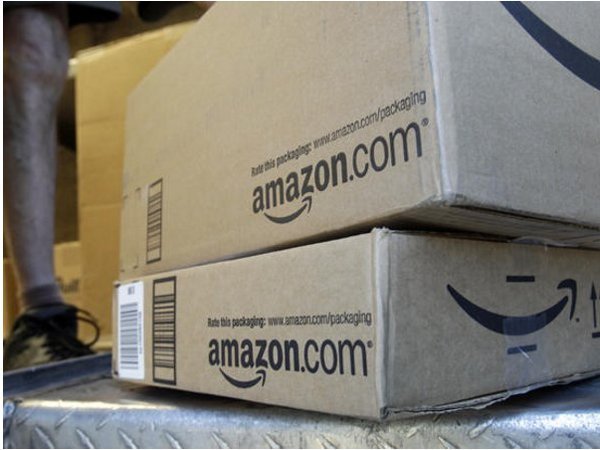
Amazon is experiencing some major PR flak after reports emerged of dangerous working conditions at a Pennsylvania distribution facility this week. Workers told reporters that they were pressured to work faster and harder as temperatures within the facility soared to 110 degrees this summer, and if they failed to up their pace, they were threatened with termination.
“Certain parts of the country experienced unusually high temperatures this summer. We spent more than $2.4 million urgently installing industrial air conditioning units in four of our fulfillment centers, including our Breinigsville facility,” Amazon said in a statement, adding that the air conditioners were operational as of late July and early August.
Interestingly, the company also dropped this quizzical little nugget: “This was not mandated by any governmental agency, and in fact air conditioning remains an unusual practice in warehouses.”
Well I’ll be damned! If that doesn’t earn Amazon a pat on the back, I don’t know what will. Maybe this: “We’ll continue to operate these air conditioning units or equivalent ones in future summers.”
So, not only did Amazon flout convention by ensuring its factory workers don’t die of heat exhaustion, but it will actually continue to do so in future summers.
Amazon did not comment on the employees’ claims that the company had paramedics stationed outside of the facility around the clock to tend to overheated and dehydrated employees, which would suggest that Amazon knew about the problem but was looking for ways around it. Or it could mean that Amazon knew there was a problem and had paramedics waiting in the interim while it installed air conditioners. An inquiry from VatorNews has not yet been answered, but we’ll update as soon as we hear back from Amazon.
But there was another troubling element of the workers’ complaints: many said they were hired as temp workers and promised permanent employment if they could demonstrate their willingness to work hard. But factory employees told reporters that this was ultimately turned around on them and used as leverage to push them into long overtime hours and fast-paced, exhausting work. If they failed to meet Amazon’s productivity standards, they were terminated and an evergreen batch of new temp workers was moved in to fill the gaps.
“We have temporary employees working in our facilities for two reasons – to manage variation in customer demand throughout the year and as a way of finding high-quality full-time employees,” Amazon said in its defense, adding that it currently employs over 1,300 full-time workers in its Breinigsville, PA facility, some 850 of whom were converted from temporary positions. All receive full-time benefits, Amazon said.
But workers argued that Amazon, like so many other large retail corporations, simply wanted a ready-made cohort of workers ready to step in Grapes of Wrath-style and keep the machine moving.
Not that high turnover is that out-of-the-ordinary for factory work. It’s a sad truth of the low-skilled labor market, and even truer during tough economic times, when skilled professionals are being laid off in droves and are desperate for work.
Which begs the question, are these the types of jobs states want to bring in as they deal with their own turbulent economies? Many states have made deals with Amazon to drop their online sales tax mandates in exchange for the thousands of jobs Amazon offers. Amazon even promised to bring in 7,000 jobs and six new distribution centers if California lawmakers agreed to drop their push for online sales tax, but lawmakers didn’t bite.
Image source: blogspot.com


















